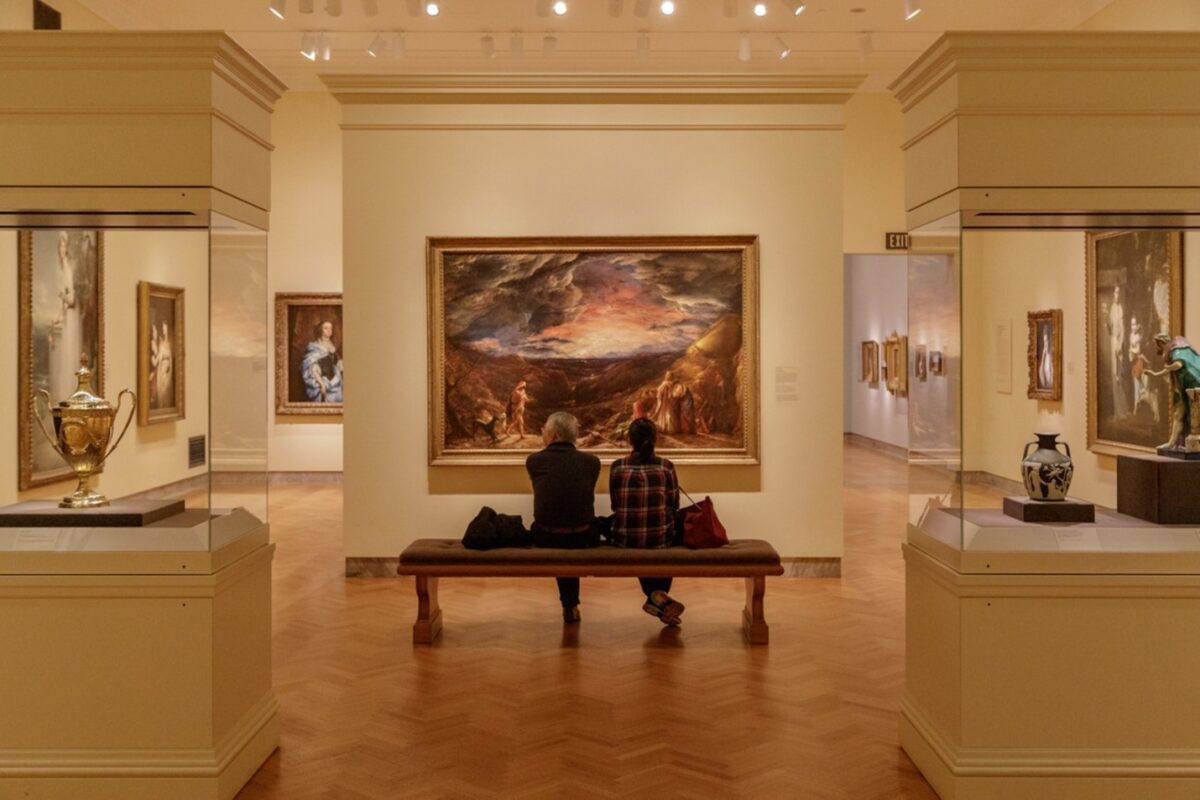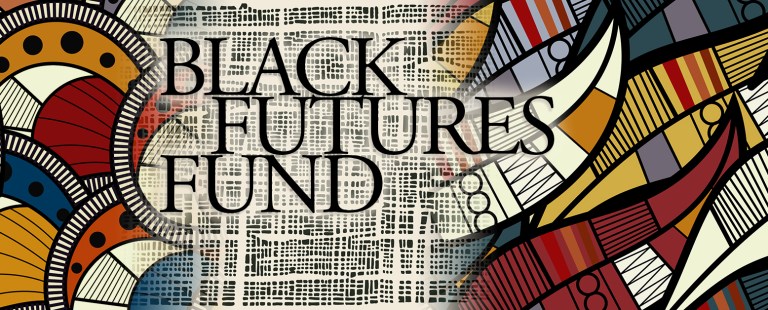By Lisa O’Brien
Editor’s Note: In this article, TCO continues its exploration from the last issue about how Cleveland’s four biggest arts institutions give back to the community. In this issue, we will look at the efforts of the Rock and Roll Hall of Fame and the Cleveland Museum of Art.
The Rock and Roll Hall of Fame (RRHOF) has been a major cornerstone of Cleveland’s history, tourism, and arts since it opened in 1995. On October 19th, 2024, at the RRHOF induction ceremony, CEO and RRHOF President George Harris said that the hall has brought more than 15 million visitors since opening, resulting in an estimated economic impact of $2.3 billion dollars. The RRHOF received $7 million dollars of funding from House Bill 2, a bill passed by Governor DeWine that allocated millions of Ohio state dollars to arts organizations and projects.
Those stats likely played a role in the decision for state funding. The museum benefits not only from the people of Cleveland’s tax dollars and donations but also from the hundreds of Northeast Ohio artists and musicians who contributed to Cleveland’s rich musical history, So, how does The Rock and Roll Hall of Fame give back?
The most notable way the Rock and Roll Hall of Fame invests back into the community is through their Cleveland VIP ticketing program which grants Cuyahoga County residents free admission to the museum. The museum also produces a free summer concert series open to the public. The Rock and Roll Hall of Fame also partners and donates to local Cleveland organizations including the Cleveland Public Library, the Cleveland Metropolitan School District, and the Beck Center for the Arts.
It is worth noting that while many artists make up the museum’s collections, Black musicians are considered the foundation of rock and roll and its history, with “Rocket 88” by Ike Turner and “The Kings of Rhythm” being widely considered the first Rock and Roll song in 1951. With 108 of the 380 inductees being Black artists, the Rock and Roll Hall of Fame owes much of its content to this underrepresented group of artists in the music world.
To invest back into that community specifically, the museum has partnered with the Black Music Action Coalition, as of 2023, to create a mentorship program that provides 1 year of guaranteed income of $1,000.00 a month and mentorship to emerging black and female musicians every year. The goal of the program is to help the artists by creating opportunities for industry visibility and networking.
Although much of the Cleveland Museum of Art’s (CMA) funding comes from private gifts and endowments, according to the museum website, “The museum is supported in part by residents of Cuyahoga County through a public grant from Cuyahoga Arts & Culture and made possible in part by the Ohio Arts Council (OAC), which receives support from the State of Ohio and the National Endowment for the Arts.” The museum receives approximately 770,000 visitors annually and is the fourth wealthiest art museum in the United States. The museum houses worldwide exhibitions and brings thousands of new visitors yearly to the University Circle neighborhood. So, how does CMA serve Cleveland residents?
The Cleveland Museum of Art is renowned for its “Open Access” program, which grants free admission to all and includes a free digital library of its housed works.
To better meet the community’s needs and achieve their artistic goals, CMA released a new strategic plan in 2022 with several key priorities. One is to include more artwork by women, Black, Indigenous, and other underrepresented artist groups in their collections. Chief Marketing Officer Todd Mesek provided a list of examples related to their newest acquisitions as a part of this plan:
“He Was Meant for All Things to Meet”, “The Gift”, “Birdcage Kid (Boy)”, “Heights III”, and “A Scientist Seated at a Desk by Candlelight” are just a few examples of recent acquisitions from Black, Indigenous, and other underrepresented artists and communities. In addition, art by these artists can be found on the website under “Search the Collection”.
The museum also offers a robust education program for Northeast Ohio schools. When asked about these programs, Mesek noted CMA’s mobile art van “Studio Go” which “provides art-making activities and exploration for people of all ages, sparking curiosity and creating deeper connections to the museum’s world-renowned collection.” The van travels to schools and libraries around the city.
What is the Takeaway?
Whether through educational programming, artist funding, community access programs, or special events, these arts institutions are obligated to give back to the Cleveland community that supports them with funds and patronage. Next time you donate to an organization or visit a museum, think about all the ways they can serve you. Each of these institutions have platforms for guests to share their experiences and wishes for the future, so make your voice heard, and keep supporting local





